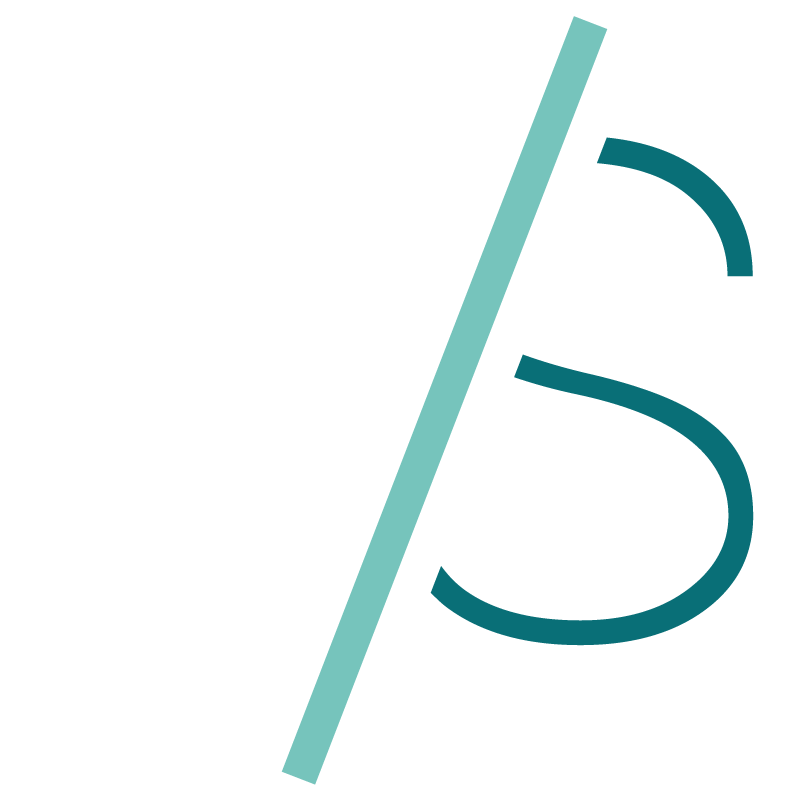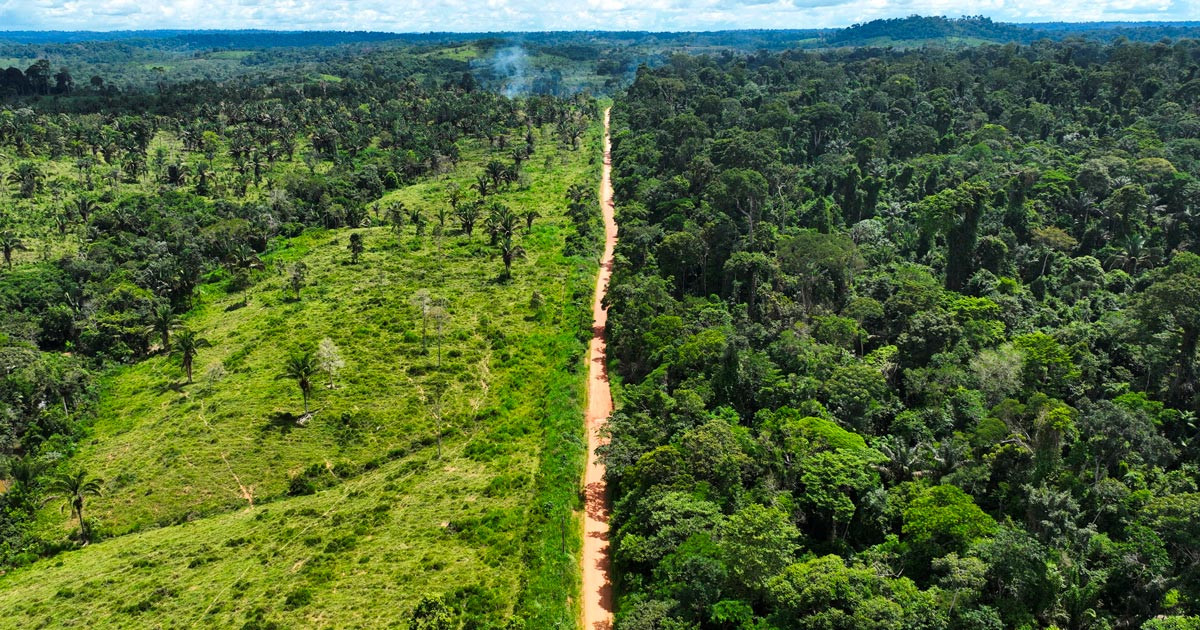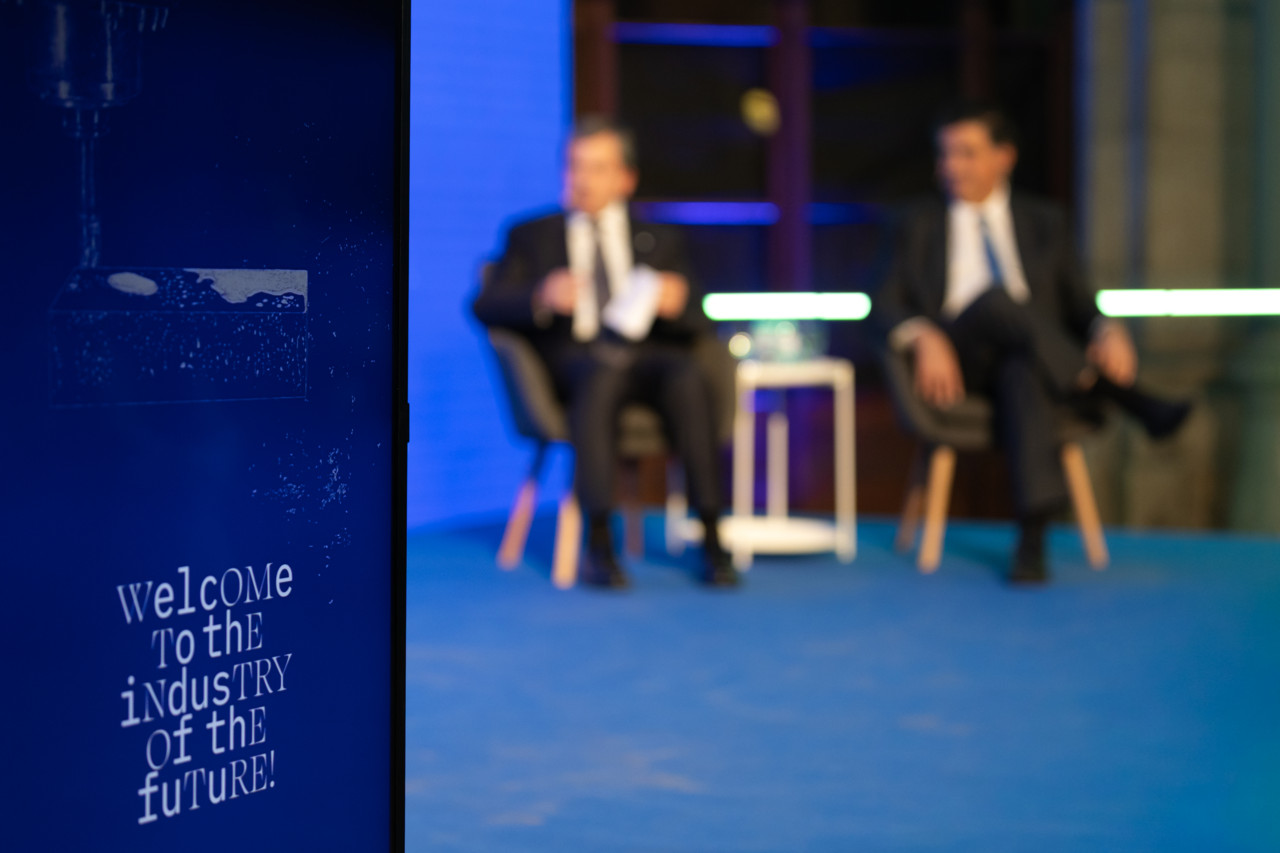Brussels, 27 October 2025, – COTANCE joins 19 European industries in calling on the European Commission to:
– Introduce a “Stop-the-Clock” mechanism, allowing proper assessment of the EUDR’s impact and implementation.
– Deliver the legally required scope-related Impact Assessment under Article 34
– Engage with stakeholders to develop realistic, workable compliance mechanisms that uphold environmental goals without damaging Europe’s industrial competitiveness.
After initially announcing a postponement in September 2025, the European Commission now proposes to move a new EUDR into full application within just two months — a reversal that risks undermining confidence in the EU regulatory process.
The concerns of stakeholders span from proposed timelines creating significant uncertainty for European operators — from large downstream industries, which will be unable to readapt their IT systems once again, to small and micro operators, who will face an even greater administrative burden for managing themselves the data load of the number of Due Diligence Statement (DDS) reference numbers accumulating along the value chain.
The Commission’s amendment also fails to meet a key legal requirement — the scope-related Impact Assessment under Article 34. This impact assessment was meant to verify whether the list of products in Annex 1 should be amended or extended. Originally due in June 2025, it has now been cancelled altogether and replaced by the “general review” in 2030, 5 years after implementation. This maladministration deprives sectors such as leather of their legal right to evidence-based policymaking – as leather-impacts had never been assessed so far – and undermines the EU principles of Better Regulation.
COTANCE reiterates that the inclusion of hides, skins and leather in the scope of the EUDR was made without a proper impact assessment. Authoritative scientific evidence, including research from the Sant’Anna University of Applied Sciences in Pisa, has confirmed that leather is not a driver of deforestation. Leather is a by-product of the meat and dairy sectors and no cattle is raised for its hide. Leather-making contributes to circularity by valorising resources that would otherwise become waste.
Gustavo Gonzalez-Quijano, COTANCE Secretary-General, stated: “The European leather industry fully supports the fight against deforestation. But sustainability cannot be achieved through regulations that disregard the realities on the ground. We call on the Commission to take a step back, listen to evidence, and ensure that EUDR implementation is based on facts, not assumptions. The time has come to stop the clock and get this regulation right.”
COTANCE reaffirms its commitment to sustainability, transparency, and responsible supply chains. However, a regulation that is not evidence-based, not workable, and not fair serves neither the environment nor the European economy.





